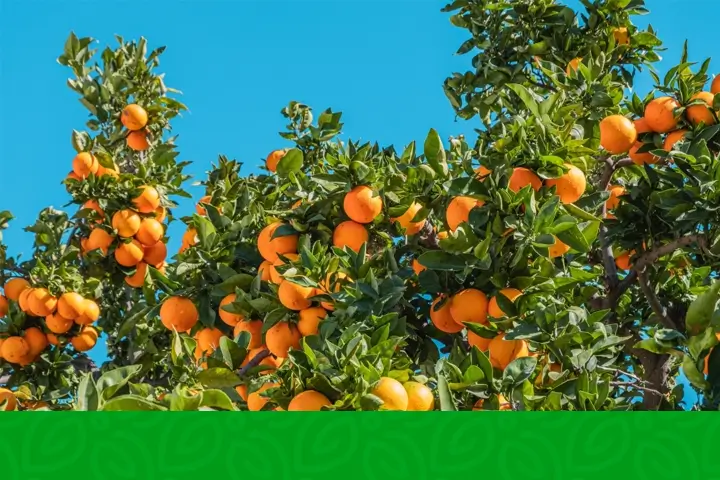
Namibia, the jewel of Southern Africa, has sprung into the global spotlight with a groundbreaking achievement in its agricultural sector. In the first quarter of 2023, Namibia accomplished a remarkable feat by exporting 424 tonnes of inaugural soft citrus and grapefruit, valued at an impressive N$15 million. What sets this achievement apart is not just the numbers, but the fact that these shipments faced zero rejections – a testament to the country’s commitment to excellence in agriculture. In this article, we delve into the details of this success story, shedding light on the factors contributing to Namibia’s emergence as an agricultural powerhouse.
Access to Global Markets
The driving force behind Namibia’s success is its increasing access to global markets. Minister of Agriculture, Water, and Land Reform, Calle Schlettwein, proudly declared that in 2022, 36% of local agronomy and horticulture production, encompassing products such as grapes, onions, tomatoes, sweet peppers, butternuts, dates, blueberries, and watermelons, found its way to international markets. This impressive export portfolio not only diversifies Namibia’s income sources but also showcases the country’s agricultural prowess.
Blueberry Boom
While soft citrus and grapefruit exports take center stage, another star is on the rise – blueberries. Namibia is witnessing a surge in blueberry production, with 71 hectares already in production at the Mashare Irrigation Project and Komsberg along the Orange River, and ambitious expansion plans on the horizon. A promising 50-hectare development is underway at Divundu, with a grand vision of reaching 500 hectares over the next decade. This expansion not only augments Namibia’s international presence but also capitalizes on the country’s unique climatic advantage, allowing it to enter the market two weeks ahead of schedule.
Economic Growth and Job Creation
Beyond the financial gains, the growth in export produce is a boon for Namibia’s economy. It not only generates significant export revenues but also creates job opportunities, especially for the youth. As Schlettwein aptly put it, “The production and export of high-value fruits bring foreign earnings to the country and provide employment opportunities.” The government remains steadfast in its commitment to bolster agronomy and horticulture through well-crafted policies and programs that support production, processing, storage, and marketing.
Maize Grain Imports Slashed
Namibia’s agricultural successes are not confined to exports alone. The nation witnessed a momentous achievement in its maize grain production, reducing imports by a staggering 52% in 2022. A record-breaking harvest of 98,824 tonnes of white maize grain made this possible. This achievement not only bolsters Namibia’s self-sufficiency but also reduces reliance on external sources, contributing to food security.
Challenges on the Horizon
As with any success story, challenges loom on the horizon. Namibia’s food self-sufficiency rate for staple crops, such as white maize, pearl millet (mahangu), and wheat, is projected to drop by 26% for the 2023 harvesting season due to severe drought during the 2022/23 planting season. These challenges, coupled with rising input costs, have put strain on crop value chain actors, leading to a substantial increase in agricultural input costs, which, in turn, impacts consumer product prices.
Namibia’s agricultural sector is on an upward trajectory, evident from its remarkable exports of soft citrus, grapefruit, and the booming blueberry industry. This success is not only financially rewarding but also socially significant, creating employment opportunities and reducing reliance on food imports. While challenges may cloud the horizon, Namibia’s commitment to strengthening its agricultural sector remains unwavering. As we move forward, the world watches with anticipation to see Namibia continue its remarkable journey as an emerging agricultural powerhouse.
Stay updated with the latest farming tips and agriculture industry news from Africa by subscribing to our newsletter. Don’t miss out on valuable insights and updates. Follow us on Twitter, LinkedIn, and Facebook to join our farming community and stay connected with us.



















